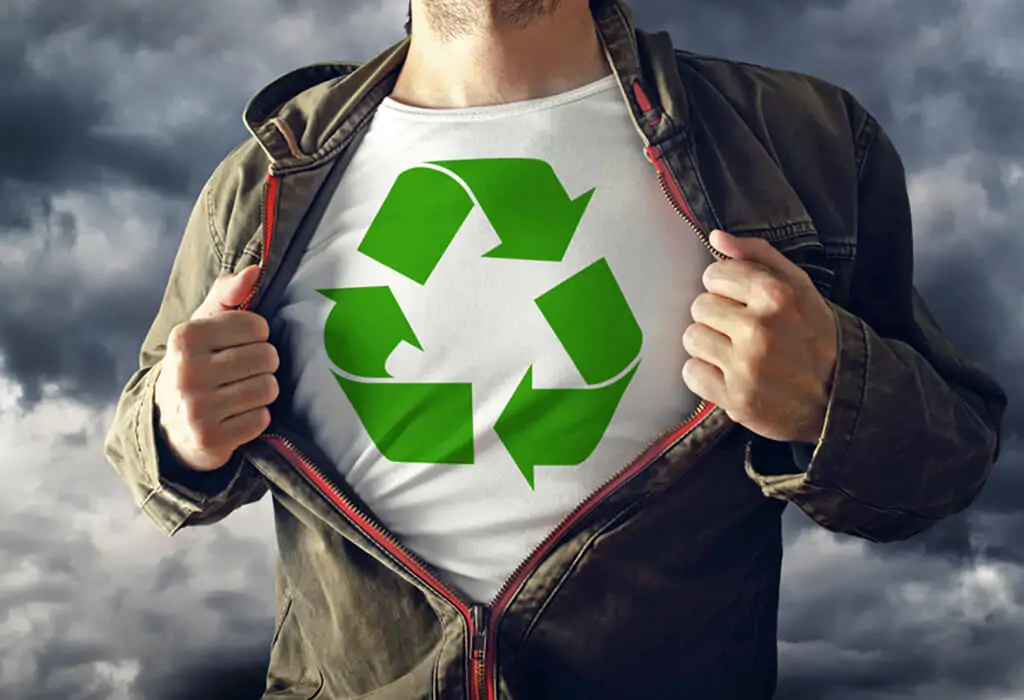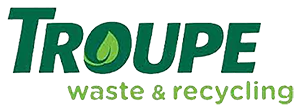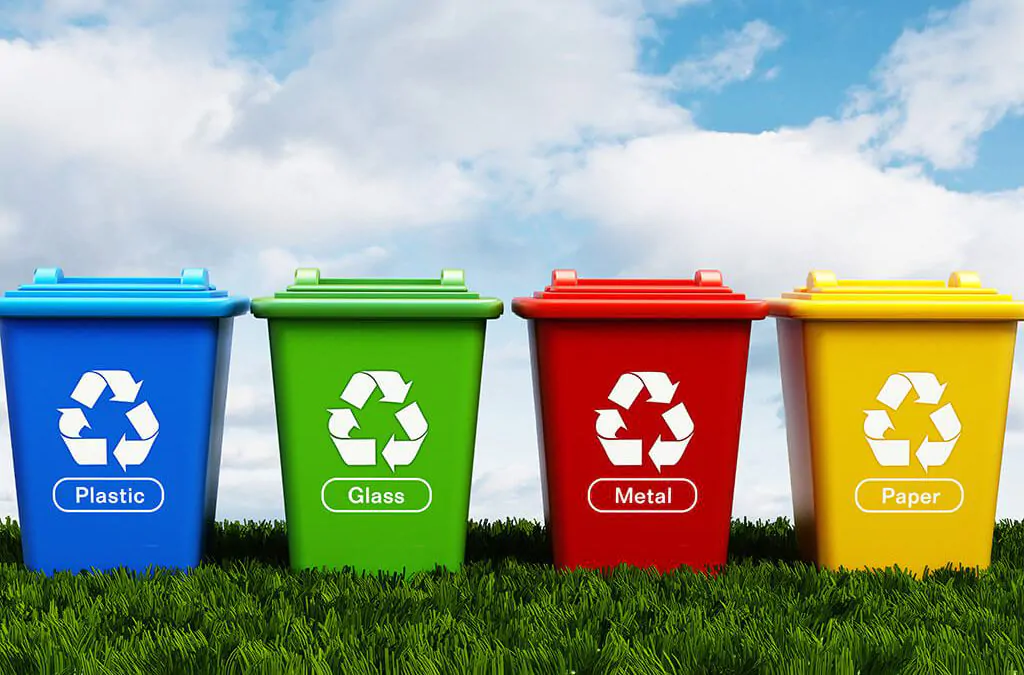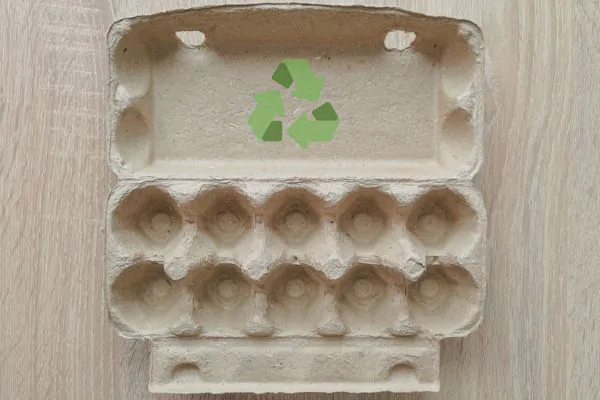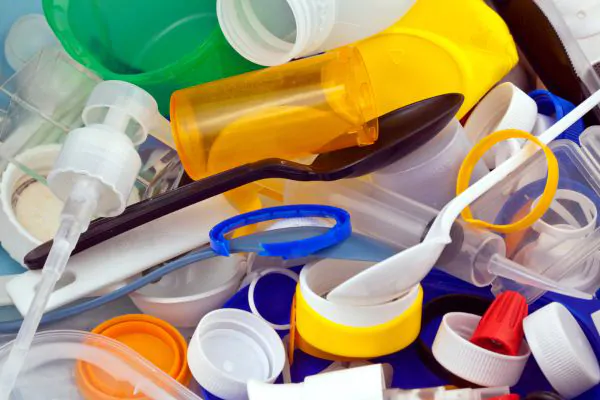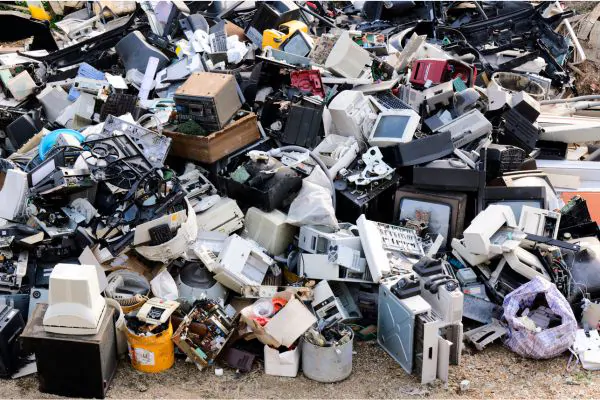waste, recycling, sustainability, landfill, new york city department of sanitation, dumpster, compost, customer service, municipal solid waste, zero waste, new york city, commercial waste collection, commercial waste, queens, sanitation, customer, reuse, waste collection, staten island, environmentally friendly, best junk removal, bulk items pickup, bulk item disposal near me, bulk items trash pickup, bulk items pickup near me, goods garbage disposal, bulk items removal, bulk item disposal, good's disposal service, green waste, metal, construction, lawn, waste container, biomedical waste, commercial waste services, plastic, scrap, electronic waste, transport, hazardous waste, materials recovery facility, cardboard, energy, soil, resource recovery, environmental technology, south shore, ecology, steel, debris, radioactive waste, recycling services, troupe waste services, braintree, yard waste, waste management solutions, troupe waste, waste management services, south, waste management company, waste removal service, dumpster rental, waste removal, junk removal, trash, waste removal services, the bronx, local junk removal companies, long island, long island city, trash pickup in my area, garbage collection in my area, junk removal in my area, garbage pick up in my area, junk pick up in my area, trash pickup services in my area, private trash haulers in my area, rubbish collection in my area, trash removal in my area, local junk removal service
Where to dispose of waste near me?
The best place to dispose of waste near you is through local waste management services like Troupe Waste and Recycling, which offers convenient disposal solutions tailored to your area.
Where to get rid of waste near me?
To get rid of waste near you, Troupe Waste and Recycling offers convenient disposal services throughout the South Shore area of Massachusetts. Contact us to arrange pickup or learn about our nearby drop-off locations.
Where to get rid of waste oil near me?
The best options for disposing of waste oil near you include local recycling centers, automotive repair shops, or specialized waste management facilities. Be sure to check with Troupe Waste and Recycling for safe and environmentally responsible disposal options.
How do I get rid of yard waste near me?
Getting rid of yard waste near you can be achieved by utilizing local waste management services like Troupe Waste and Recycling. They offer convenient pickup and disposal options tailored to yard waste, ensuring eco-friendly practices are followed.
Where can I drop off waste near me?
You can drop off waste at various designated locations in your area, including local transfer stations, recycling centers, and landfills. Check your municipality's website or contact Troupe Waste and Recycling for specific drop-off sites near you.
Where to drop off waste near me?
Local waste drop-off locations can be found at designated recycling centers or transfer stations in your area. Visit Troupe Waste and Recycling's website or contact us for specific drop-off sites in the South Shore area of Massachusetts.
How much does it cost to get rid of household waste?
The cost to get rid of household waste varies based on factors such as the type and volume of waste, service options, and local regulations. Contact Troupe Waste and Recycling for a personalized quote tailored to your needs.
How to dispose of old electrical goods?
Disposing of old electrical goods involves recycling or taking them to designated e-waste collection centers. Always check local regulations for proper disposal methods to ensure environmentally responsible practices.
Where to get rid of household waste near me?
To find a place to dispose of household waste near you, consider contacting Troupe Waste and Recycling. We offer convenient waste management services tailored to the South Shore area, ensuring proper disposal and recycling of your household items.
Where to dump general waste?
When considering where to dump general waste, you can utilize local waste disposal facilities, transfer stations, or designated landfill sites in your area. Troupe Waste and Recycling also offers services that can assist with proper disposal.
What locations accept yard waste disposal?
Locations that accept yard waste disposal include local transfer stations, municipal composting sites, and designated drop-off centers within the South Shore area of Massachusetts. It's best to check with your local municipality for specific locations and guidelines.
Is there a fee for waste removal services?
The fee for waste removal services varies depending on the type and volume of waste being disposed of. For customized pricing and details, we encourage you to contact Troupe Waste and Recycling directly.
How to recycle used oil properly?
Recycling used oil properly is essential for environmental protection. To do so, collect the oil in a sealed, leak-proof container and take it to a designated recycling center or a service that specializes in hazardous waste recycling.
What items are considered household waste?
Household waste includes everyday items such as food scraps, paper products, plastics, glass, and metal containers. Additionally, it encompasses broken furniture, electronics, and yard waste, which collectively require proper disposal and recycling efforts.
Where to find eco-friendly disposal options?
Eco-friendly disposal options can be found through local waste management services, recycling centers, and community drop-off events. Troupe Waste and Recycling offers guidance and resources to help you choose sustainable disposal methods in the South Shore area.
How often can waste be picked up?
Waste can be picked up weekly or bi-weekly, depending on your specific service plan with Troupe Waste and Recycling. For customized schedules, please contact us to discuss your needs.
What types of waste can be recycled?
The types of waste that can be recycled include paper, cardboard, plastics, metal, and glass. By recycling these materials, we help reduce landfill waste and conserve natural resources.
Are there specific hours for waste drop-off?
The specific hours for waste drop-off at Troupe Waste and Recycling are Monday through Friday, from 8 AM to 5 PM, and Saturday from 8 AM to 12 PM. Please plan your visit accordingly.
Where can I find hazardous waste disposal?
Hazardous waste disposal options can be found at designated local facilities, including municipal waste management centers and recycling centers. Contact Troupe Waste and Recycling for guidance on safe disposal methods specific to the South Shore area of Massachusetts.
What is the process for bulk waste removal?
The process for bulk waste removal includes scheduling a pickup with Troupe Waste and Recycling, preparing your items for collection, and our team will efficiently dispose of them in an environmentally friendly manner.
How to get rid of garden waste sustainably?
Getting rid of garden waste sustainably can be achieved through composting, recycling green waste, or using yard waste collection services. Consider turning organic debris into compost to enrich soil, or contact Troupe Waste and Recycling for responsible disposal options.
Where to deposit electronic waste securely?
Depositing electronic waste securely is essential for protecting the environment. You can drop off your e-waste at designated recycling centers, such as Troupe Waste and Recycling, which ensure proper disposal and recycling of electronic materials.
What regulations govern waste disposal in my area?
The regulations governing waste disposal in your area are set by local and state authorities, focusing on proper waste segregation, disposal methods, and compliance with environmental standards to ensure safe and effective waste management practices.
Are there any limits on waste drop-off?
There are limits on waste drop-off. Troupe Waste and Recycling allows customers to drop off a variety of materials, but certain hazardous items and oversized waste are restricted. Please contact us for specific guidelines and details.
How to properly dispose of batteries?
Properly disposing of batteries involves taking them to designated recycling centers or collection events. Never throw them in regular trash, as they can leak harmful chemicals; instead, check local guidelines for safe disposal practices.
What are the best practices for waste sorting?
The best practices for waste sorting include separating recyclables, organics, and trash at the source. Ensure items are clean and dry, and follow local guidelines to enhance recycling effectiveness and reduce landfill waste.
Where can I donate used household items?
You can donate used household items at local charities, thrift stores, and community centers. Organizations like Goodwill and Salvation Army often accept donations and provide convenient drop-off locations. Always check for specific item guidelines before donating.
Is there an app for local waste disposal services?
Many local waste disposal services, including Troupe Waste and Recycling, do not currently offer a dedicated app. However, you can easily access our services and information through our website and contact us directly for assistance.
How to schedule a waste pick-up appointment?
Scheduling a waste pick-up appointment is easy. Simply contact Troupe Waste and Recycling via our website or phone, and our team will assist you in setting up a convenient time for your waste collection.
What local businesses offer waste collection services?
Local businesses that offer waste collection services include Troupe Waste and Recycling, as well as other providers in the South Shore area. These companies specialize in various waste management solutions tailored to community needs.
